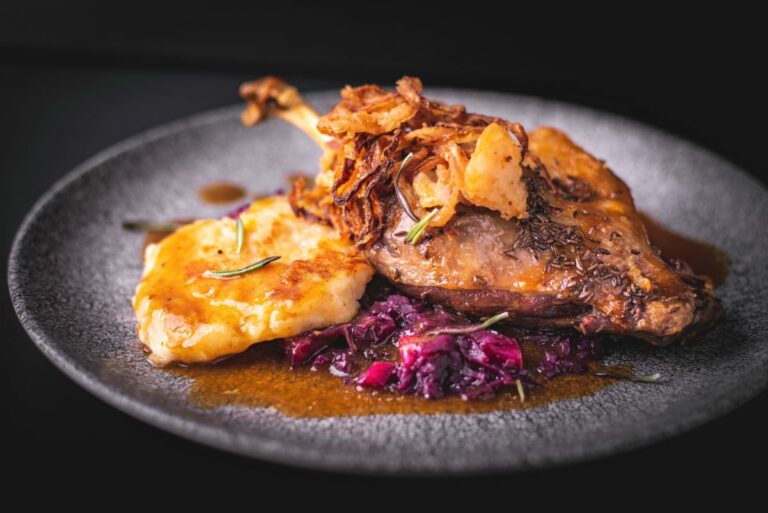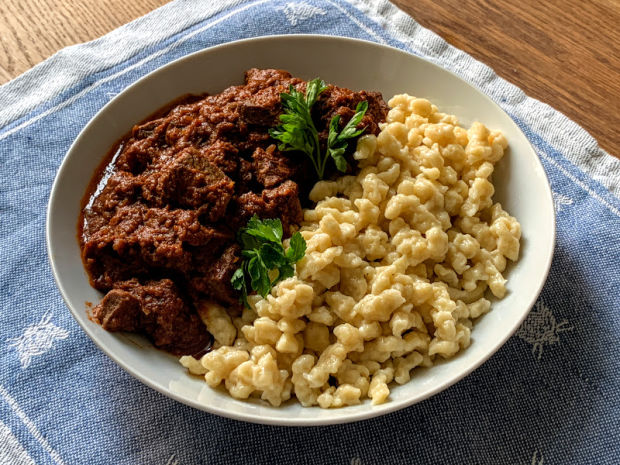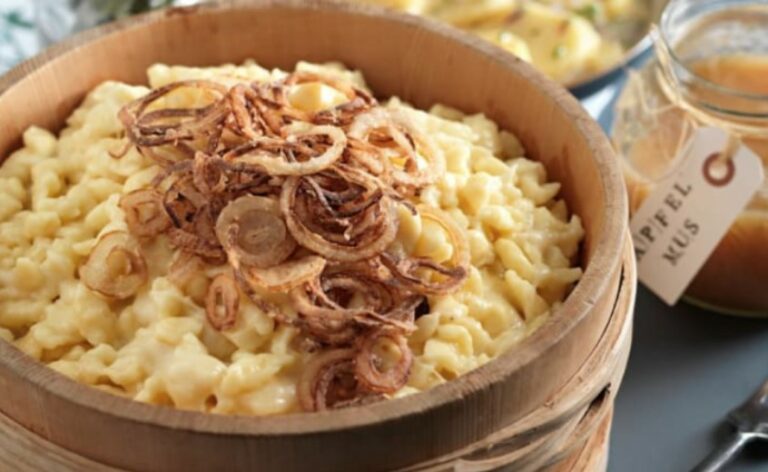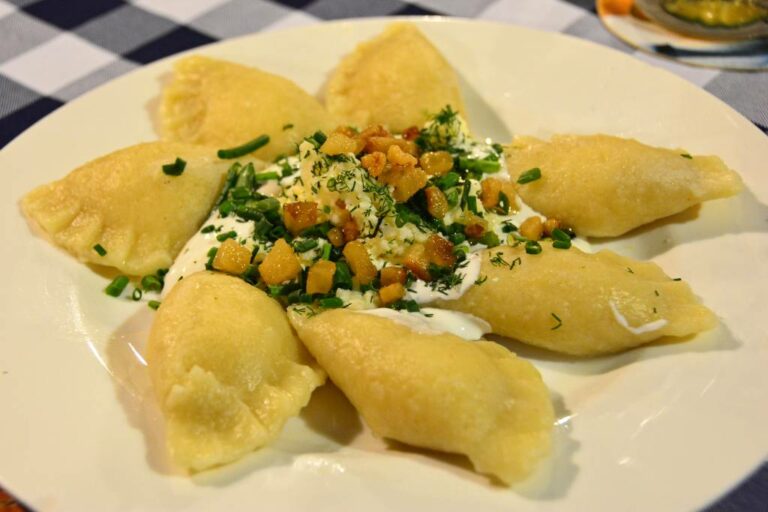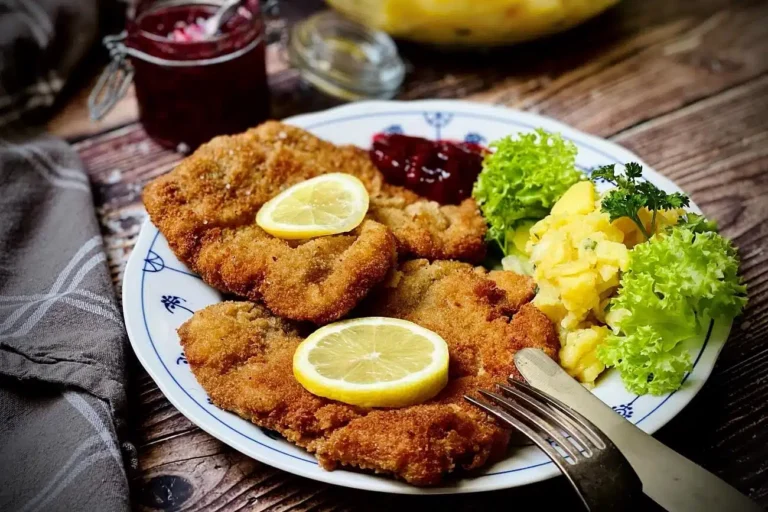Introduction: How Austrian and German cuisine differ
Austrian and German cuisines may appear to be similar, but they are distinct in many ways. Both cuisines are rooted in the regions’ histories, cultures, and traditions, and they share some common ingredients such as potatoes, bread, and meats. However, the differences are more pronounced once you delve deeper into the distinctive flavors, cooking techniques, and presentation styles of each cuisine.
Regional influences on Austrian and German cuisine
Austria and Germany are diverse countries with various regional influences that have shaped their cuisines. In Austria, the cuisine is heavily influenced by its former imperial capital, Vienna, which is renowned for its coffeehouses and pastries. In contrast, German cuisine is notable for its regional diversity, with each region having its own distinct recipes and cooking styles. For example, in Bavaria, a region in southern Germany, pork dishes such as Schweinshaxe (pork knuckle) and Weisswurst (white sausage) are popular, while in northern Germany, fish dishes such as Herring salad and Labskaus are more common.
The influence of neighboring countries on Austrian cuisine
Austria has been influenced by its neighboring countries, particularly Italy, Hungary, and the Czech Republic, in terms of its cuisine. The Italian influence is evident in the wide variety of pasta dishes, while the Hungarian influence is seen in the spicy goulash soup. Similarly, the Czech influence can be seen in the popular dish called schnitzel, which is actually a variation of the Czech dish called smažený řízek.
The role of traditional ingredients in Austrian cuisine
Austrian cuisine is known for its use of traditional ingredients such as pumpkin seeds, poppy seeds, and caraway seeds. These ingredients add unique flavors and textures to dishes such as pumpkin seed oil salad, poppy seed cake, and caraway seed bread, respectively. Additionally, the use of herbs such as marjoram, thyme, and chives is prevalent in Austrian cuisine, and they are used to add depth of flavor to dishes like Wiener Schnitzel.
How German cuisine is influenced by its regional diversity
As mentioned earlier, German cuisine is heavily influenced by the regions, and this diversity is reflected in its dishes. For instance, in the coastal regions, seafood dishes are popular, while in the eastern regions, dishes such as Sauerbraten (pot roast) and Königsberger Klopse (meatballs in caper sauce) are more prevalent. Similarly, in the Black Forest region, the cuisine is known for its hearty dishes, such as Black Forest ham and cherry cake.
The role of meat and sausages in German cuisine
Meat, particularly pork, plays a significant role in German cuisine, and sausages are a staple food. There are over 1,200 varieties of sausages in Germany, with each region having its own popular sausage. For example, in Bavaria, the Weisswurst is a popular breakfast sausage, while in Frankfurt, the Frankfurt sausage is a popular street food. Pork dishes such as Schweinshaxe (pork knuckle) and Eisbein (pork knuckles and ham hock) are also popular in German cuisine.
How German cuisine differs from Austrian cuisine in terms of baking
German and Austrian baking traditions are distinct, with each country having its own unique pastries and baked goods. German baking is characterized by its elaborate, multi-layered cakes such as Schwarzwälder Kirschtorte (Black Forest Cherry Cake) and Donauwelle (Danube wave cake). Austrian baking, on the other hand, is known for its delicate pastries, such as Sachertorte (chocolate cake) and Apfelstrudel (apple strudel).
Austrian vs German desserts: a comparison of sweet treats
Austrian and German desserts are both renowned for their sweet treats, but they have different styles of desserts. Austrian desserts are characterized by their delicate, light textures and subtle flavors. Sachertorte, for example, is a rich chocolate cake filled with apricot jam and topped with chocolate glaze. Similarly, Apfelstrudel is a delicate pastry filled with spiced apples, raisins, and cinnamon. In contrast, German desserts are more elaborate and decadent, with a focus on rich, creamy fillings and layers of cake. Black Forest Cherry Cake, for example, is a multi-layered cake with whipped cream, cherries, and chocolate shavings.



